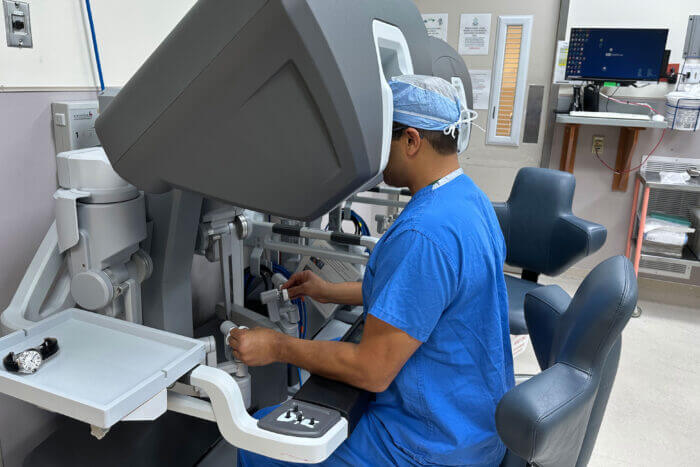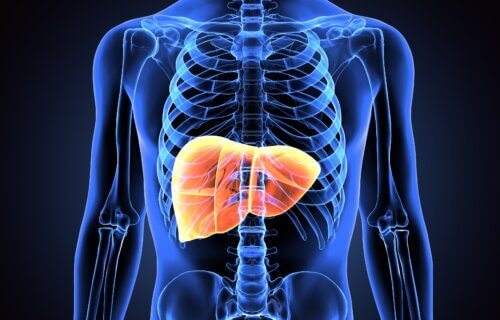ST. LOUIS — The United States has reached a new medical milestone. Surgeons recently performed the first robotic liver transplant in the country. The innovative procedure took place at Barnes-Jewish Hospital in May and was led by a surgical team from the Washington University School of Medicine in St. Louis.
The robotic transplant offered the benefits of minimally invasive surgery, including reduced pain, quicker recovery, and precise execution, even for complex surgeries.
The recipient, a man in his 60s diagnosed with liver cancer and cirrhosis due to the hepatitis C virus, has made a remarkable recovery since his surgery. Instead of the usual six weeks, it takes for liver transplant patients to walk without discomfort, he was up and walking within a month, even receiving clearance to take up activities like golfing and swimming.
“The transplant was a success: The operation went smoothly, the new liver started working right away, and the patient recovered without any surgical complications,” says transplant surgeon Dr. Adeel Khan, the leader of the team that conducted the trailblazing procedure and associate professor of surgery at the School of Medicine, in a media release. “Liver transplantation is one of the most complex abdominal operations and heavily relies on a specialized team for good outcomes.”

The traditional liver transplant involves a large incision, which can be painful and necessitate a longer recovery period. Robotic surgeries, on the other hand, offer a minimally invasive approach. Surgeons control robotic tools from a short distance using joystick-like controls. This provides a magnified, 3D view of the operation area, allowing for precision that conventional techniques can’t match.
For this procedure, the team made several small keyhole incisions and a six-inch vertical cut, drastically smaller than the traditional approach. This approach speeds up patient recovery as it doesn’t involve cutting through abdominal muscles. The procedure took a little over eight hours, which Dr. Khan believes will decrease as the team grows more accustomed to the robotic method.
South Korea conducted the world’s first robotic liver transplant in 2021. However, that procedure was partial and involved a living donor’s liver half. Dr. Khan’s team is the pioneer in transplanting an entire liver robotically.
Dr. William Chapman, a senior figure at Washington University’s Division of General Surgery, praised Dr. Khan’s accomplishment and mentioned that the technique’s benefits would become clearer with more experience.
“Liver transplantation is the most difficult of the abdominal organs to consider for a minimally invasive approach — given the difficulty of removing a failing liver and successfully implanting the new organ — but Dr. Khan has shown that this is possible,” says Dr. Chapman.
Established five years ago, the robotic transplant team initially concentrated on kidney transplants. So far, they’ve successfully executed over 30 robotic kidney transplants and various other procedures involving the liver, pancreas, and stomach.
“Over the span of several years, we have built a dedicated robotic transplant team that is second to none and has been instrumental to our success,” says Dr. Khan. “Once we had this team in place, it allowed us to grow in both number and complexity of the cases while maintaining very good patient outcomes. We have five surgeons on the transplant service doing robotic surgery, and this number will increase to seven by the end of the summer.”

